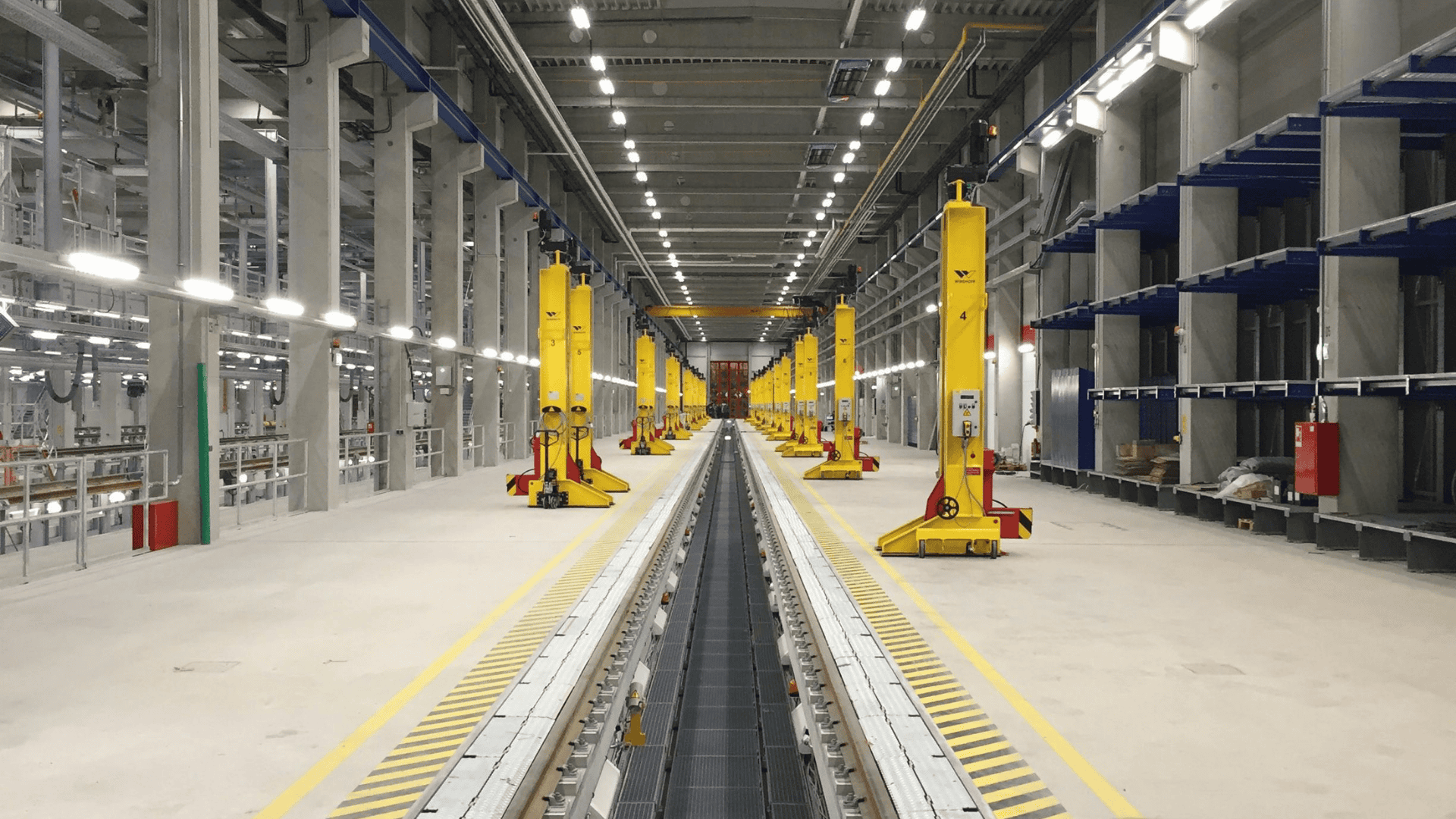In various industries, overhead conveyors facilitate processes and increase productivity. Preserving these mechanisms allows for optimising their lifetime and improving the lifespan of vital tools. The current paper goes over the most notable choices for maintaining overhead conveyors, demonstrating that people and planners who seek to enhance their productivity can effectively address their lifetime.

Regular Inspection and Monitoring
Frequent checks are the cornerstone of effective conveyor administration. By regularly observing these mechanisms, workers can identify any possible system flaws. An overhead conveyor in working order makes certain noises and has specific movements. Anything that deviates from these everyday occurrences could indicate a problem of a different magnitude. Monitoring tools can be used to track how well the system is performing. These tools offer data that can pinpoint conveyor issues for future inspection and resolution. If you’re looking to optimise floor space and enhance workflow efficiency, Wainwright’s overhead conveyors offer a versatile solution.
Lubrication and cleanliness
Lubrication is one of the most reliable ways to improve the efficiency of conveyors. Water-based solutions and other lubricants can be used on moving parts to reduce friction. Execution of the mechanism with lubricants achieves ideal performance. Frequent cleaning of the constraints is essential. Debris, dirt, or other build-ups in these systems can significantly weaken their functionality, causing different malfunctions. Maintaining a cleaning schedule ensures that no material objects are present in the system.
Maintenance and Repairs
The belts, chains, and wheels that move the products wear out relatively quickly. If these objects cannot continue to function under such circumstances, significant downtime will be experienced. Regular checks of these components can detect their demise swiftly. Some repairs allow overhead conveyors to be utilised for an extended period.
Training the Staff
Having interested personnel who are willing to learn about how these machines work and need administration increases a conveyor’s lifespan. Training seminars equip staff members with diverse methods to adjust and modify the system. Such seminars allow for troubleshooting and more accurate use of the mechanism.
How to Execute a Preventive Maintenance Plan
A solid preventive maintenance plan is your roadmap to keeping conveyor systems in shape. It explains the schedules for inspections, lubrication, cleaning, and component assessments you need to do. By adhering to this schema, we can consistently focus on the details and prevent unexpected breakdowns. The plan should be updated regularly to adapt to system usage and technology changes.
Monitoring Load Capacity
The goal is to prevent overcapacity, specifically the overloading of overhead conveyors. Excessive weight burdens the system, ensuring that aspects run down and eventually fail. By checking the load capacity, we can prevent the system from reaching its limit, ensuring smooth operation and avoiding unnecessary strain on its components. Following the manufacturer’s specifications for conveyor operation prevents overthinking and ensures the meeting of limits.
Embracing Technology
Modern technological developments have improved the effective working of overhead conveyors. Contemporary systems generally include automation and intelligent sensors, allowing operations to run more smoothly while offering immediate insights into how well the building functions. These technologies enable predictive maintenance and ensure that breakdowns do not occur unexpectedly.
Document Everything
Recording maintenance activities is essential. Monitoring problems and maintaining documentation helps identify repeated issues and avoid them in future releases. When everything is accurate, communication within your team becomes smoother, and decisions regarding upgrading or replacing specific parts of your infrastructure can be made based on data.
Conclusion
Keeping overhead conveyors operating requires detail-oriented and forward-thinking tracking of trends and maintenance. Maintenance is all about routine inspections, correct lubrication, and replacement of components at appropriate intervals. By putting in place thorough training and preventive measures well ahead of time, these systems will have the highest operational success. Industries can optimise productivity and even prolong the life of overhead conveyors by embracing technology and maintaining proper records.

Peyman Khosravani is a global blockchain and digital transformation expert with a passion for marketing, futuristic ideas, analytics insights, startup businesses, and effective communications. He has extensive experience in blockchain and DeFi projects and is committed to using technology to bring justice and fairness to society and promote freedom. Peyman has worked with international organizations to improve digital transformation strategies and data-gathering strategies that help identify customer touchpoints and sources of data that tell the story of what is happening. With his expertise in blockchain, digital transformation, marketing, analytics insights, startup businesses, and effective communications, Peyman is dedicated to helping businesses succeed in the digital age. He believes that technology can be used as a tool for positive change in the world.









